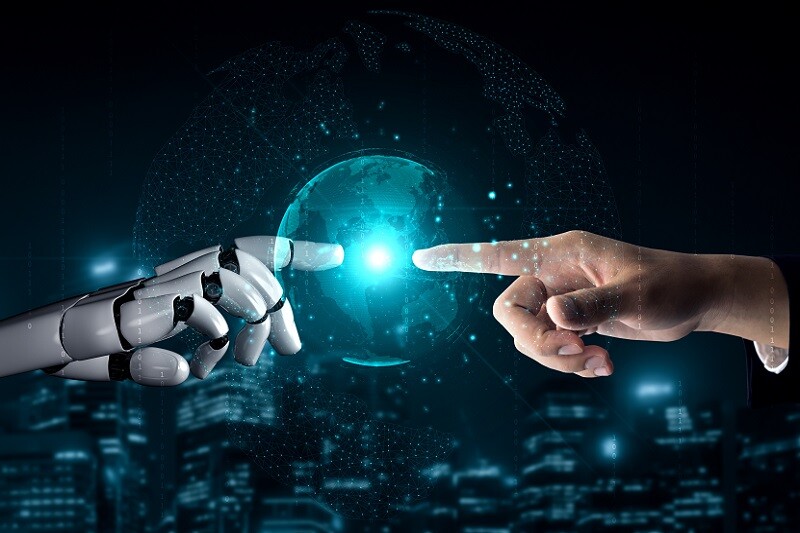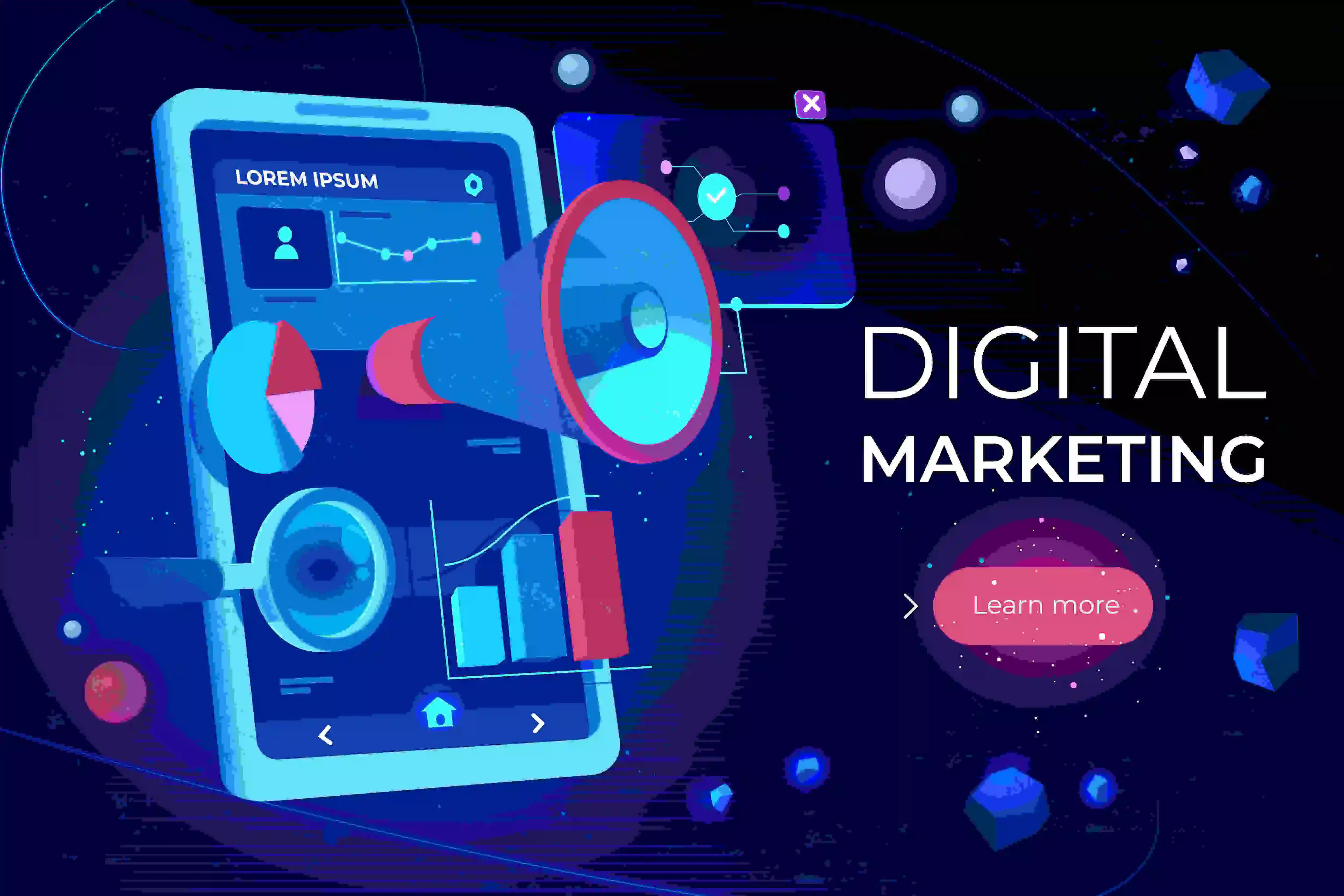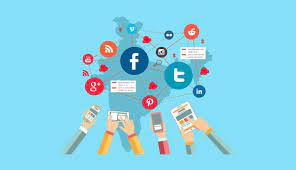Artificial Intelligence (AI) is undeniably one of the most transformative technologies of the 21st century, reshaping industries across the board. With its capacity to process vast amounts of data, identify patterns, and make informed decisions, AI is revolutionizing the way businesses operate and improving efficiency in numerous sectors. This article provides an in-depth analysis of how AI is affecting various industries, including healthcare, finance, manufacturing, transportation, education, and entertainment, highlighting the opportunities and challenges it brings to each sector.
I. Healthcare
AI's impact on the healthcare industry has been profound, offering numerous benefits that improve patient care, streamline operations, and advance medical research.
1.Diagnostics and Treatment AI-driven diagnostic tools, powered by machine learning algorithms, have demonstrated exceptional accuracy in detecting diseases such as cancer, diabetes, and heart conditions. For instance, IBM's Watson for Oncology analyzes vast medical literature and patient records to recommend personalized cancer treatment options. Additionally, image recognition AI, including deep learning models, enhances radiology by detecting anomalies in medical images, improving the efficiency and accuracy of diagnoses.
2.Predictive Analytics AI's predictive capabilities enable healthcare providers to anticipate patient needs, reduce hospital readmissions, and manage resources efficiently. By analyzing patient data, AI can forecast disease outbreaks, track patient trends, and assist in the allocation of resources during critical situations, as demonstrated during the COVID-19 pandemic.
3.Drug Discovery AI accelerates drug discovery by simulating and modeling complex biochemical interactions, significantly reducing the time and costs associated with developing new pharmaceuticals. Companies like Atomwise and BenevolentAI leverage AI to identify potential drug candidates, repurpose existing drugs, and optimize the drug development process.
4.Telemedicine The adoption of telemedicine has skyrocketed due to AI-powered telehealth solutions. AI-driven chatbots and virtual assistants facilitate patient interactions, manage appointments, and provide medical information. Moreover, AI can remotely monitor patients' vital signs and alert healthcare providers to any concerning deviations.
5.Robotic Surgery AI-powered surgical robots, such as the da Vinci Surgical System, enhance the precision and efficiency of surgical procedures. Surgeons can perform minimally invasive surgeries with greater precision, leading to reduced patient recovery times and improved outcomes.
Challenges in Healthcare While AI offers remarkable benefits to healthcare, it also poses challenges related to data privacy, regulatory compliance, and the potential for bias in AI algorithms. Ensuring the ethical use of AI in healthcare remains an ongoing concern.
II. Finance
The financial sector is undergoing a major transformation driven by AI, leading to improvements in risk assessment, customer service, fraud detection, and trading strategies.
1.Risk Assessment AI algorithms analyze large datasets to assess credit risk, enabling banks and financial institutions to make more informed lending decisions. Credit scoring models that utilize AI offer improved accuracy, helping individuals and businesses access financing.
2.Customer Service Chatbots and virtual assistants powered by natural language processing (NLP) provide customers with instant responses to inquiries, improving customer service and streamlining operations. Moreover, AI-driven recommendation engines personalize financial product offerings based on customer preferences and behavior.
3.Fraud Detection AI plays a crucial role in identifying fraudulent transactions by detecting unusual patterns in customer data. Machine learning algorithms continuously adapt to emerging fraud tactics, reducing the risk of financial losses.
4.Trading Algorithmic trading, facilitated by AI and machine learning, has revolutionized financial markets. High-frequency trading algorithms analyze market data in real-time, execute trades at high speeds, and optimize trading strategies, enhancing market liquidity and efficiency.
5.Wealth Management Robo-advisors, powered by AI, offer automated investment strategies tailored to individual preferences and risk tolerance. These platforms make investing more accessible and cost-effective for a broader range of clients.
Challenges in Finance AI in finance introduces concerns about algorithmic bias, transparency, and potential systemic risks associated with highly automated trading. Regulatory bodies are continually adapting to address these challenges and ensure responsible AI use in the industry.
III. Manufacturing
The manufacturing sector has embraced AI to optimize production processes, enhance quality control, and increase efficiency, leading to the emergence of "smart factories."
1.Predictive Maintenance AI-driven predictive maintenance systems use IoT sensors and machine learning to monitor the condition of machinery and equipment. By identifying potential failures in advance, manufacturers can reduce downtime and maintenance costs.
2.Quality Control Computer vision and image analysis powered by AI algorithms inspect products for defects with high precision and speed. This ensures consistent product quality and reduces the likelihood of defects reaching consumers.
3.Supply Chain Management AI aids in optimizing supply chain operations by predicting demand, managing inventory, and identifying potential bottlenecks. This results in reduced lead times and improved logistics.
4.Process Automation Robotic process automation (RPA) and autonomous robots perform tasks such as material handling, assembly, and welding. These robots can operate 24/7, increasing production capacity and reducing labor costs.
5.Customization AI-driven design and production systems allow for mass customization of products, where individualized products can be produced with the efficiency of mass production. This meets the growing demand for personalized goods.
Challenges in Manufacturing The integration of AI in manufacturing necessitates significant investments in technology and retraining the workforce. Cybersecurity concerns, the potential for job displacement, and ethical considerations surrounding autonomous systems are key challenges for the industry.
IV. Transportation
The transportation industry is on the cusp of a massive transformation, with AI at the forefront of innovations in autonomous vehicles, logistics, and traffic management.
1.Autonomous Vehicles Self-driving cars and trucks are becoming a reality, thanks to AI. Companies like Tesla, Waymo, and GM's Cruise have developed advanced AI systems that enable vehicles to navigate and make driving decisions independently.
2.Traffic Management AI-powered traffic management systems analyze real-time data from sensors and cameras to optimize traffic flow. This reduces congestion and minimizes commuting times.
3.Fleet Management Logistics companies leverage AI to optimize routes, reduce fuel consumption, and enhance delivery schedules. AI algorithms consider various factors, including weather, traffic, and delivery windows, to make decisions that improve the efficiency of supply chain operations.
4.Ride-Sharing and Mobility Services AI platforms power ride-sharing services like Uber and Lyft. These services connect drivers and passengers while optimizing routes for convenience and cost-efficiency.
Challenges in Transportation AI in transportation raises concerns about safety, cybersecurity, and the regulatory framework for autonomous vehicles. Additionally, the potential for job displacement in the trucking industry is a significant concern that must be addressed.
V. Education
The education sector is experiencing a shift in the way students learn, teachers instruct, and institutions operate, thanks to AI.
1.Personalized Learning AI analyzes students' performance data and adapts educational content to individual learning needs. This ensures that students receive customized instruction, potentially improving their academic outcomes.
2.Teacher Support AI-powered tools assist educators in lesson planning, grading, and identifying students who may need extra support. This lightens the workload for teachers and allows them to focus more on teaching.
3.Administrative Efficiency AI streamlines administrative tasks in educational institutions, such as enrollment, scheduling, and resource allocation. This results in cost savings and improved operational efficiency.
4.Online Education AI-driven platforms power online education by providing automated tutoring, instant feedback, and content recommendation. This expands access to education and allows learners to study at their own pace.
Challenges in Education The integration of AI in education requires addressing concerns related to data privacy, algorithmic bias in grading and recommendations, and the potential for reducing the role of human educators.
VI. Entertainment
AI is reshaping the entertainment industry by enhancing content creation, distribution, and personalization.
1.Content Creation AI can generate content, including art, music, and even literature. For example, OpenAI's GPT-3 can produce human-like text, revolutionizing content generation and opening up new possibilities in creative industries.
2.Recommendation Engines Streaming platforms like Netflix and Spotify rely on AI to analyze user preferences and recommend content. This personalization enhances user experiences and keeps consumers engaged.
3.Virtual and Augmented Reality AI-driven virtual and augmented reality experiences offer immersive entertainment. These technologies adapt to user behavior, providing interactive and dynamic content.
4.Sports Analytics AI is used in sports for performance analysis, injury prevention, and enhancing fan experiences. Analytics tools can break down player movements, track ball trajectories, and even predict game outcomes.
Challenges in Entertainment While AI has opened up new avenues for content creation and personalization, it also raises concerns about intellectual property, as well as the ethical implications of generating content that mimics human creativity.
VII. Agriculture
AI is revolutionizing the agriculture sector, addressing issues such as precision farming, crop monitoring, and sustainable practices.
1.Precision Agriculture AI-driven precision agriculture uses data from sensors, drones, and satellites to optimize planting, irrigation, and harvesting. This reduces resource wastage and improves crop yields.
2.Pest and Disease Management AI can identify early signs of pests and diseases in crops by analyzing images and data from the field. Early detection allows for targeted interventions, reducing the need for broad-spectrum pesticides.
3.Supply Chain Optimization AI streamlines the agricultural supply chain by predicting demand, optimizing logistics, and minimizing waste. This ensures that fresh produce reaches consumers efficiently.
4.Climate Monitoring AI analyzes climate data to predict weather patterns and assess their impact on agriculture. This helps farmers adapt to changing conditions and reduce risks.
Challenges in Agriculture The adoption of AI in agriculture may be hindered by the cost of technology and the need for training among farmers. Additionally, concerns about data ownership and privacy must be addressed.












